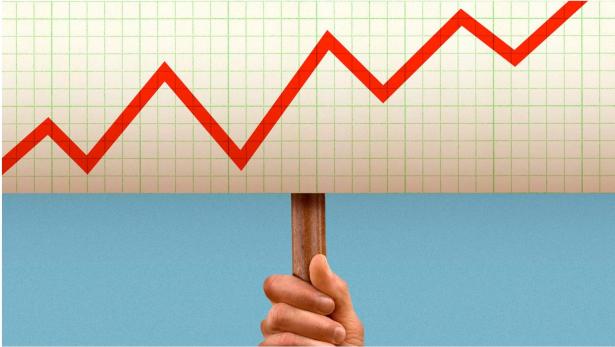There were 374 worker strikes started in 2022 — a 39% increase over 2021, according to a database run by Cornell.
Why it matters: Fueled partly by anger over working conditions in the pandemic and spurred on by other labor wins, all sorts of workers — warehouse employees, teachers, nurses, graduate students, journalists — walked off the job.
- Many others voted to unionize — including at more than 260 Starbucks stores in the past year — demanding better pay and working conditions.
- Over the weekend, the University of California reached a tentative agreement with around 36,000 employees that would end the year's biggest strike, and provide some workers with wage increases of as much as 55%.
The big picture: The low unemployment rate and worker shortage gave workers more leverage. "But that's not the whole story," said Johnnie Kallas, project director of Cornell-ILR Labor Action Tracker.
- Many workers' concerns centered around health and safety and understaffing — a major point of contention for nurses who walked out in 2022, he said.
- "It's obvious why health care workers would be burned out after working through a global pandemic, but I think also extended to places like accommodation and food services," said Kallas.
- Higher profile organizing efforts at big companies, particularly Starbucks and Amazon, have increased momentum for action more broadly this year.
- "Energetic organizing is contagious — people see that progress is possible," said Ana Avendaño, a law professor at CUNY who specializes in labor. More support from a pro-labor NLRB helped, too, she said.
Plus: With rising inflation, workers want bigger raises than employers typically give.
- "If your union goes into negotiations right now and doesn't win its biggest raise ever, you're leaving money on the table," advises Labor Notes.
Context: Strikes were on the rise, even before the pandemic — hitting a 17-year high in 2019, when 25 major work stoppages occurred, per BLS data, which only counts stoppages of 1,000 workers or more. (Cornell's tracker, started in late 2020, covers all collective actions.)
- According to Cornell, approximately 78,000 workers walked off the job in the first half of 2022, compared with 26,500 in the first half of 2021.
Details: The highest-profile strikes of the year, including UC's, happened in the second half:
- 15,000 nurses in Minnesota in September walked out for three days in what is believed to be the largest private-sector nurse strike in U.S. history.
- Workers at more than 100 Starbucks stores participated in a one-day work stoppage that organizers called "the Red Cup Rebellion" in November.
- Meanwhile, more than 100,000 railroad workers were on the brink of striking — not over pay, but sick leave — until Congress stepped in earlier this month.
What to watch: Next year will be pivotal. Employees at Starbucks, Amazon and a few other places who voted to unionize will need to negotiate labor contracts with employers who've so far been staunchly resistant to organization.
- Plus, the labor contract for 350,000 UPS workers expires in July 2023. Depending on how negotiations go for a new contract, this could be "next year's biggest strike."


Spread the word